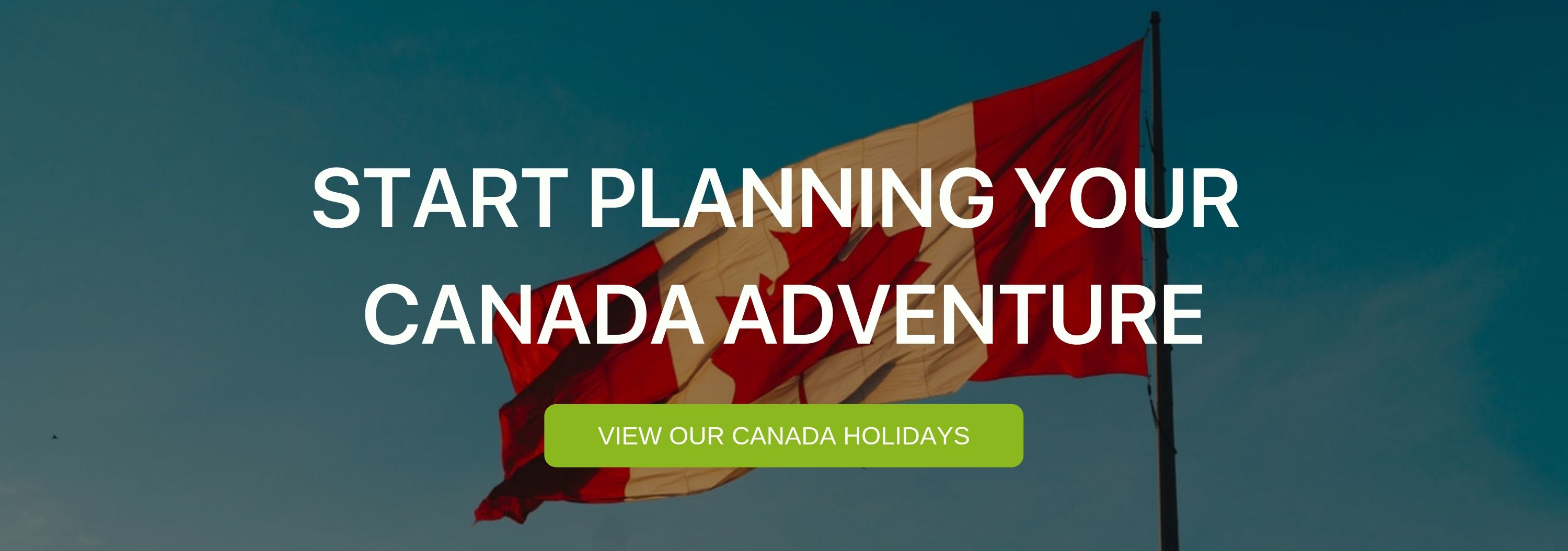The most important holiday in the Canadian calendar is fast approaching. On July the 1st, Canadians will take to the streets, parks, clubs and bars to celebrate their nation’s birthday. This year they will be celebrating 151 years as the country we recognise today. If you’re not familiar with Canada Day and its history – we’ve got 10 facts that you can impress your friends with.
1. It’s not about Canadian independence
Canada Day marks the anniversary of when the British Provinces of New Brunswick and Nova Scotia , joined Ontario and Quebec to become the Dominion of Canada. Canada didn’t achieve full governmental independence from the U.K. until 1982.
2. Some of the other provinces didn’t join until the 20th Century
Manitoba and Northwest Territories joined a few years later in 1870. Then British Columbia in 1871, Prince Edward Island in 1873, the Arctic Island joined the Northwest Territories in 1880, and then Yukon joined in 1898.
The 20th Century then witnessed Alberta and Saskatchewan join in 1905 and Newfoundland and Labrador in 1949. Finally, in 1999, the Northwest Territories were split in order to create the new territory of Nunavut.
3. Niagara Falls has two firework displays in one week
The USA celebrates its own birthday just three days after Canada, so if you’re staying in Niagara Falls you’ll have the chance to watch two firework displays at the border.
4. Detroit even gets in on the action
The famous city of Detroit lies just across the lake from the Ontario town of Windsor, and they have joint Canada Day and Independence Day celebrations. It’s called The International Freedom Festival.
5. There are famous Canadians born on Canada Day
Most notably Pamela Anderson and Dan Ackroyd.
6. It is sometimes celebrated on July the 2nd
Under the Federal Holidays Act, Canada Day is observed on July 1, unless that date falls on a Sunday, in which case July 2 is the statutory holiday. Even in the case of the 2nd becoming the legal holiday, celebrations will still happen on the 1st.
7. It marks the start of Canada History Week
In 2013, the week after Canada Day was named Canada History Week and is when Canadians are encouraged to explore their nation’s history.
8. It was originally called Dominion Day
The year that Canada achieved independence from the U.K. was the same year the Canadian Parliament changed the name to Canada Day.
9. It’s the anniversary of other major events in Canadian History
Such as the first national rail hook-up by the Canada National Railway in 1927, the flooding of the St. Lawrence Seaway in 1958, the first colour television transmission in 1966 and the establishment of O Canada as the country’s national anthem in 1980.
10. The celebrations haven’t changed much
The very first Canada Day (then called Confederation) was celebrated with the ringing of the bells at the Cathedral Church of St. James in Toronto, with bonfires, fireworks, military displays and music — pretty much the same way it is celebrated today.

